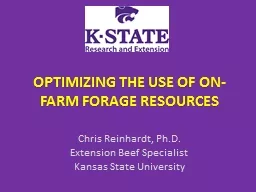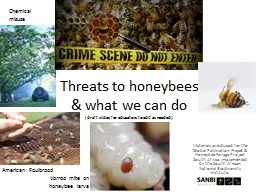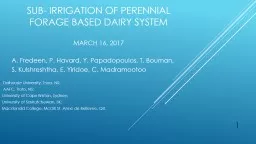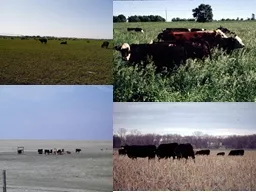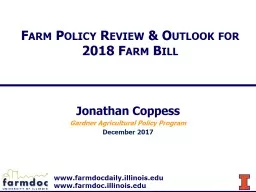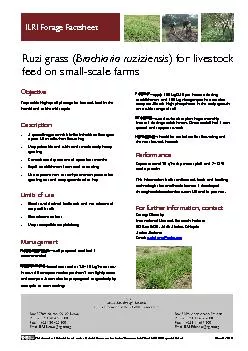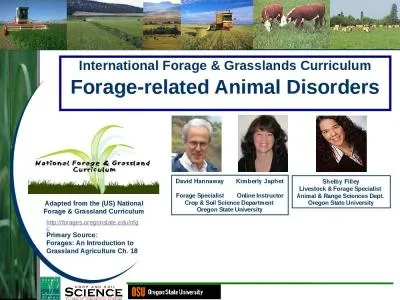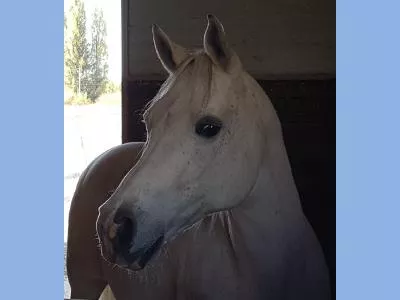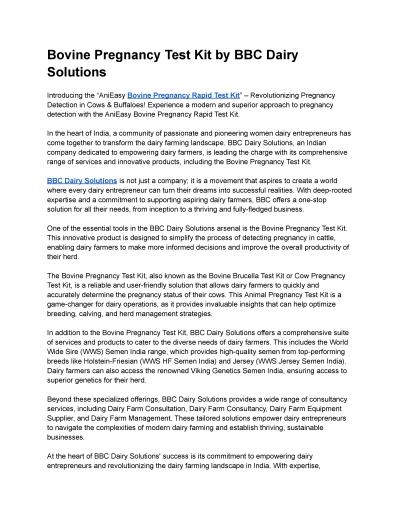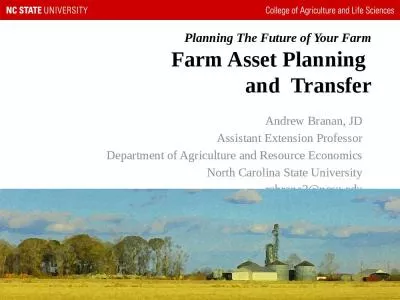PPT-OPTIMIZING THE USE OF ON-FARM FORAGE RESOURCES
Author : aaron | Published Date : 2018-10-08
Chris Reinhardt PhD Extension Beef Specialist Kansas State University QUIZ Is Nitrate toxic to cattle Yes and No What is the REAL problem compound Nitrite is 10x
Presentation Embed Code
Download Presentation
Download Presentation The PPT/PDF document "OPTIMIZING THE USE OF ON-FARM FORAGE RES..." is the property of its rightful owner. Permission is granted to download and print the materials on this website for personal, non-commercial use only, and to display it on your personal computer provided you do not modify the materials and that you retain all copyright notices contained in the materials. By downloading content from our website, you accept the terms of this agreement.
OPTIMIZING THE USE OF ON-FARM FORAGE RESOURCES: Transcript
Download Rules Of Document
"OPTIMIZING THE USE OF ON-FARM FORAGE RESOURCES"The content belongs to its owner. You may download and print it for personal use, without modification, and keep all copyright notices. By downloading, you agree to these terms.
Related Documents

